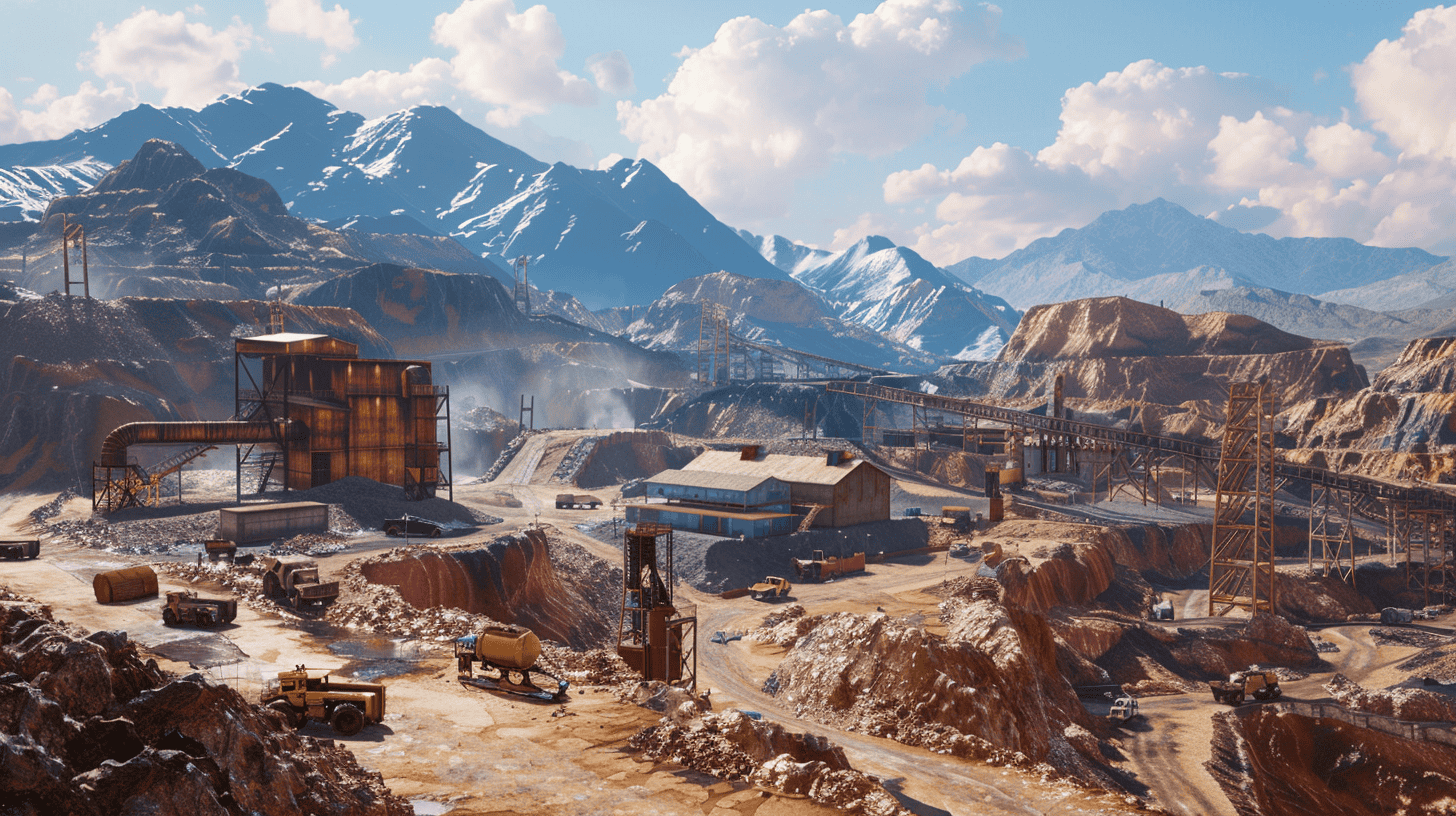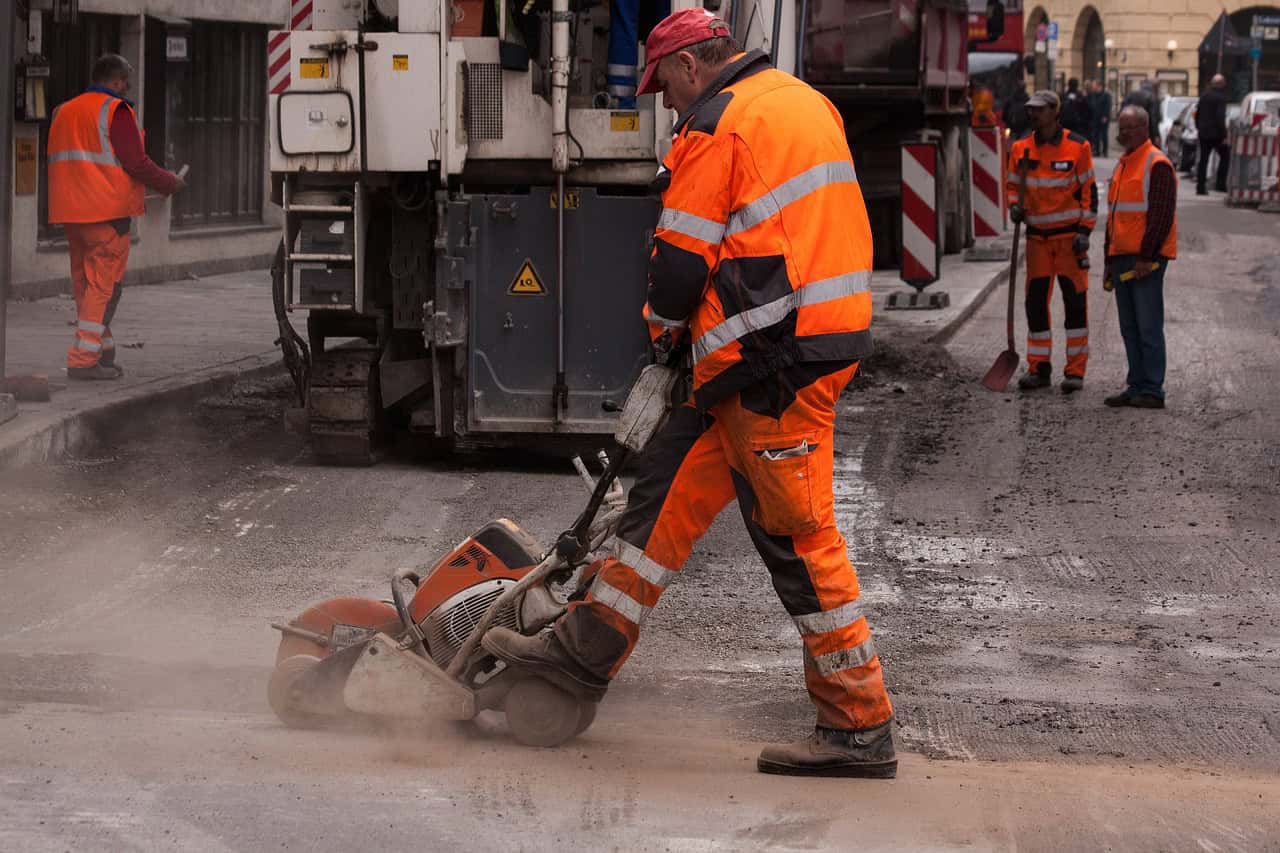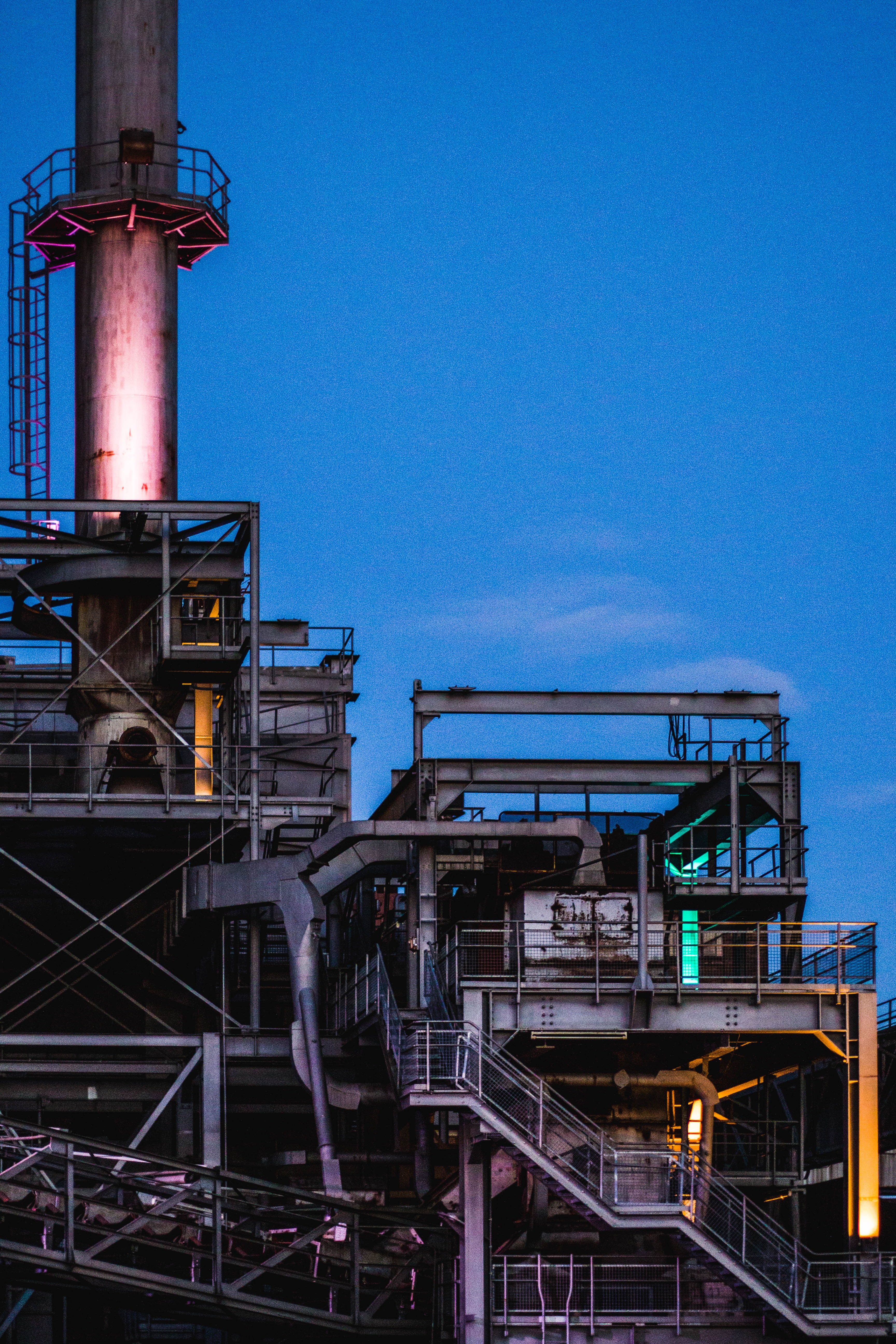
Researchers from the University of Birmingham have designed a novel adaptation for existing iron and steel furnaces that could reduce carbon dioxide (CO2) emissions from the steelmaking industry by nearly 90%.
In a press release, the university explained that this radical reduction is achieved through a ‘closed loop’ carbon recycling system, which could replace 90 percent of the coke typically used in current blast furnace-basic oxygen furnace systems and produces oxygen as a byproduct.
Devised by Professor Yulong Ding and Dr Harriet Kildahl from the University of Birmingham’s School of Chemical Engineering, the system is detailed in a paper published in the Journal of Cleaner Production, which shows that if implemented in the UK alone, it could deliver cost savings of £1.28 billion in 5 years while reducing overall UK emissions by 2.9 percent.
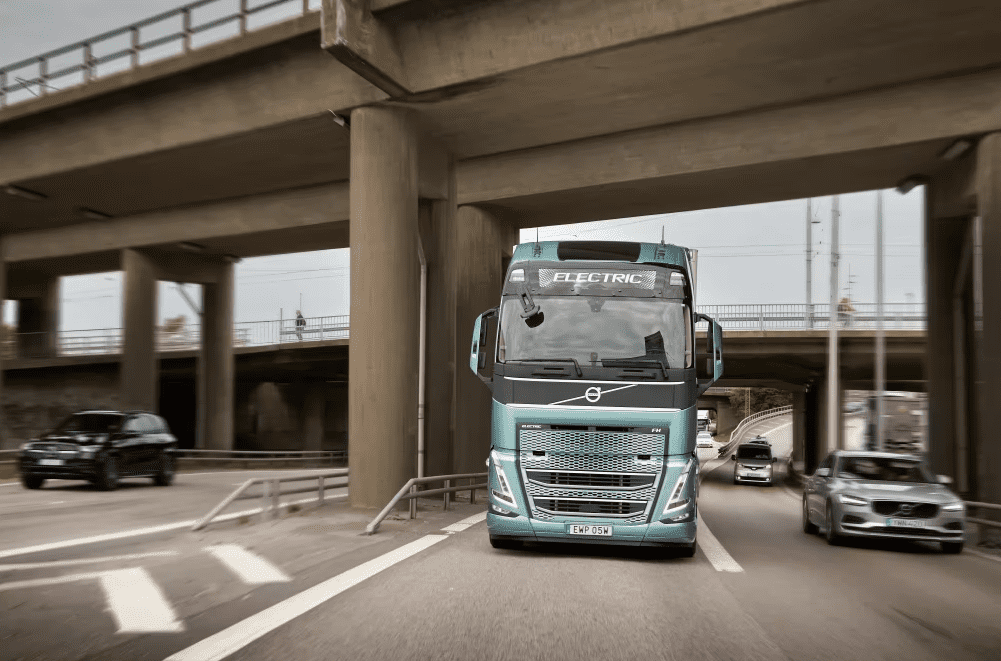
Less risk and more savings
Professor Ding said: “Current proposals for decarbonizing the steel sector rely on phasing out existing plants and introducing electric arc furnaces powered by renewable electricity. However, an electric arc furnace plant can cost over £1 billion to build, which makes this switch economically unfeasible in the time remaining to meet the Paris Climate Agreement. The system we are proposing can be retrofitted to existing plants, which reduces the risk of stranded assets, and both the reduction in CO2, and the cost savings, are seen immediately.”
Most of the world’s steel is produced via blast furnaces which make iron from iron ore and basic oxygen furnaces which turn that iron into steel.
The process is inherently carbon-intensive, using metallurgical coke produced by destructive distillation of coal in a coke oven, which reacts with the oxygen in the hot air blast to produce carbon monoxide. This reacts with the iron ore in the furnace to produce CO2. The top gas from the furnace contains mainly nitrogen, CO and CO2, which is burned to raise the air blast temperature up to 1200 to 1350oC in a hot stove before blown to the furnace, with the CO2 and N2 (also containing NOx) emitted to the environment.
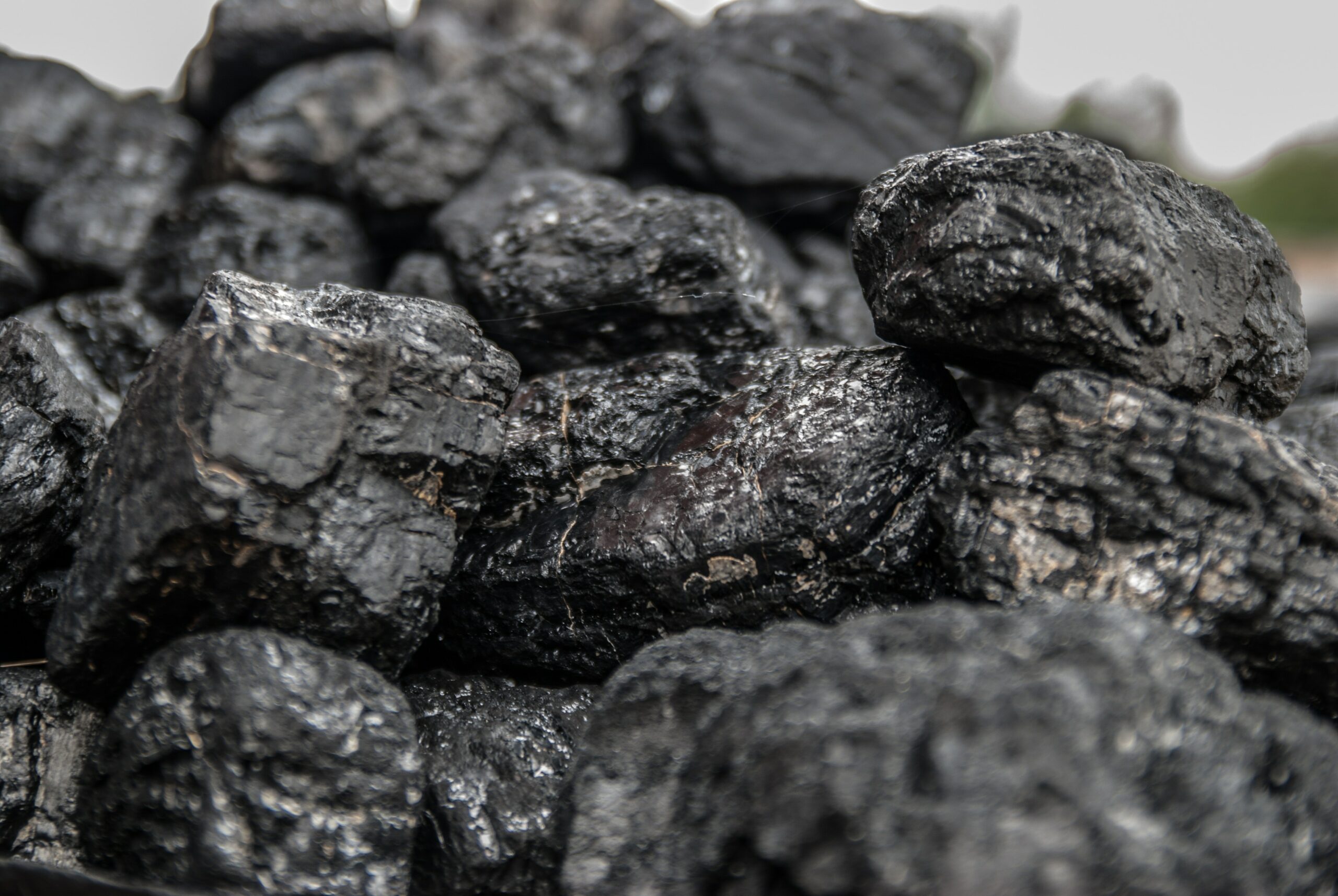
What perovskite does
The novel recycling system captures the CO2 from the top gas and reduces it to CO using a crystalline mineral lattice known as a ‘perovskite’ material. The material was chosen as the reactions take place within a range of temperatures (700-800oC) that can be powered by renewable energy sources and generated using heat exchangers connected to the blast furnaces.
Under a high concentration of CO2, the perovskite splits CO2 into oxygen, which is absorbed into the lattice, and CO, which is fed back into the blast furnace. The perovskite can be regenerated to its original form in a chemical reaction that takes place in a low-oxygen environment. The oxygen produced can be used in the basic oxygen furnace to produce steel.
Iron and steelmaking is the biggest emitter of CO2 of all foundation industrial sectors, accounting for 9% of global emissions. According to the International Renewable Energy Agency (IRENA), it must achieve a 90% reduction in emissions by 2050 to limit global warming to 1.5°C.
Selected for you!
Innovation Origins is the European platform for innovation news. In addition to the many reports from our own editors in 15 European countries, we select the most important press releases from reliable sources. This way you can stay up to date on what is happening in the world of innovation. Are you or do you know an organization that should not be missing from our list of selected sources? Then report to our editorial team.




